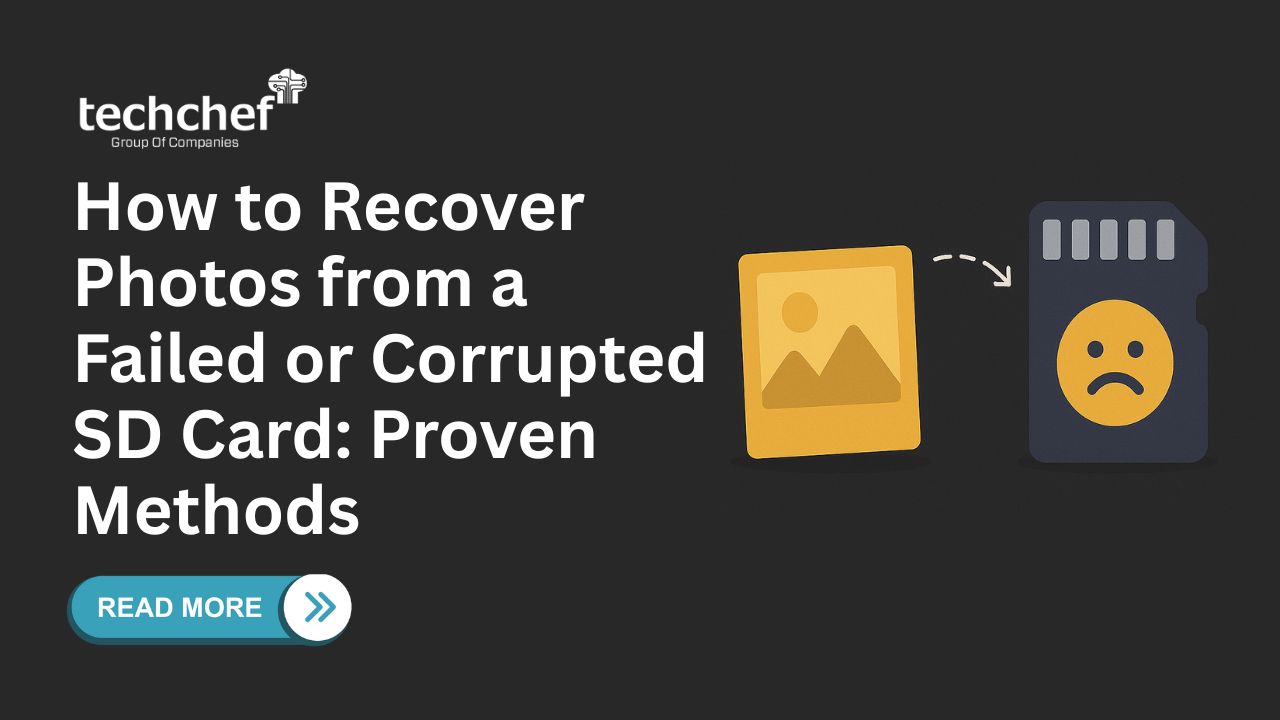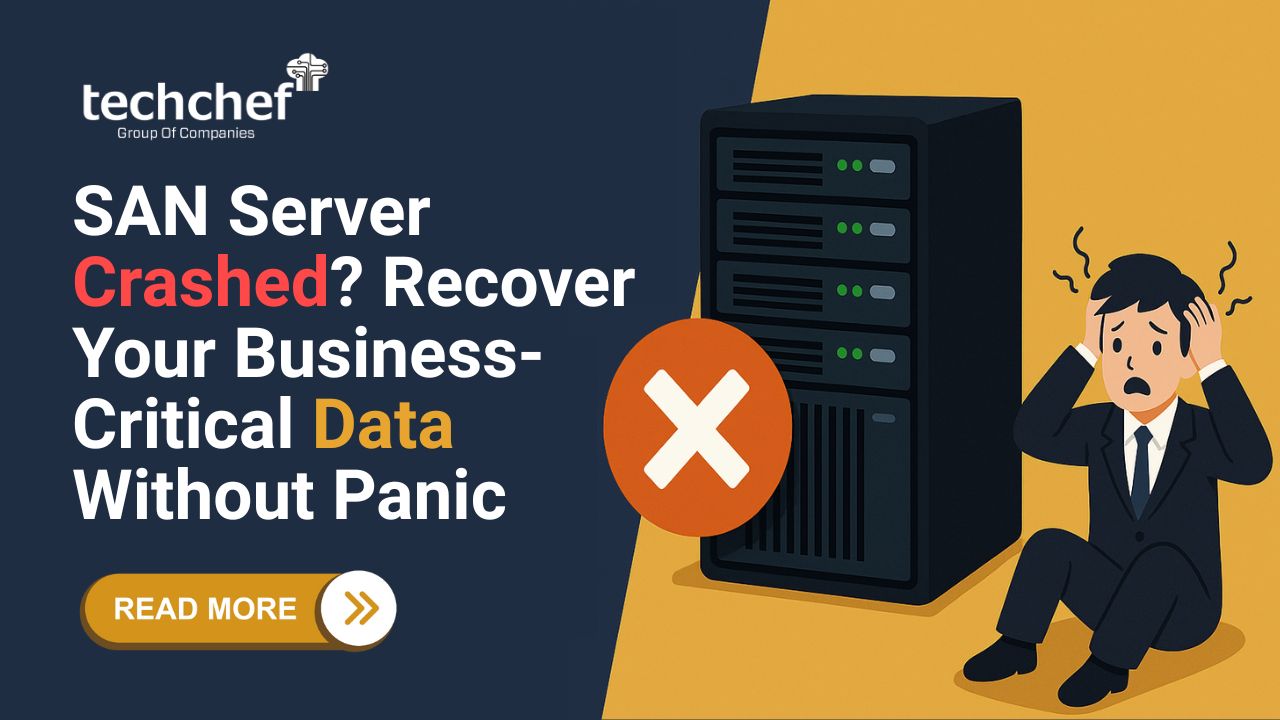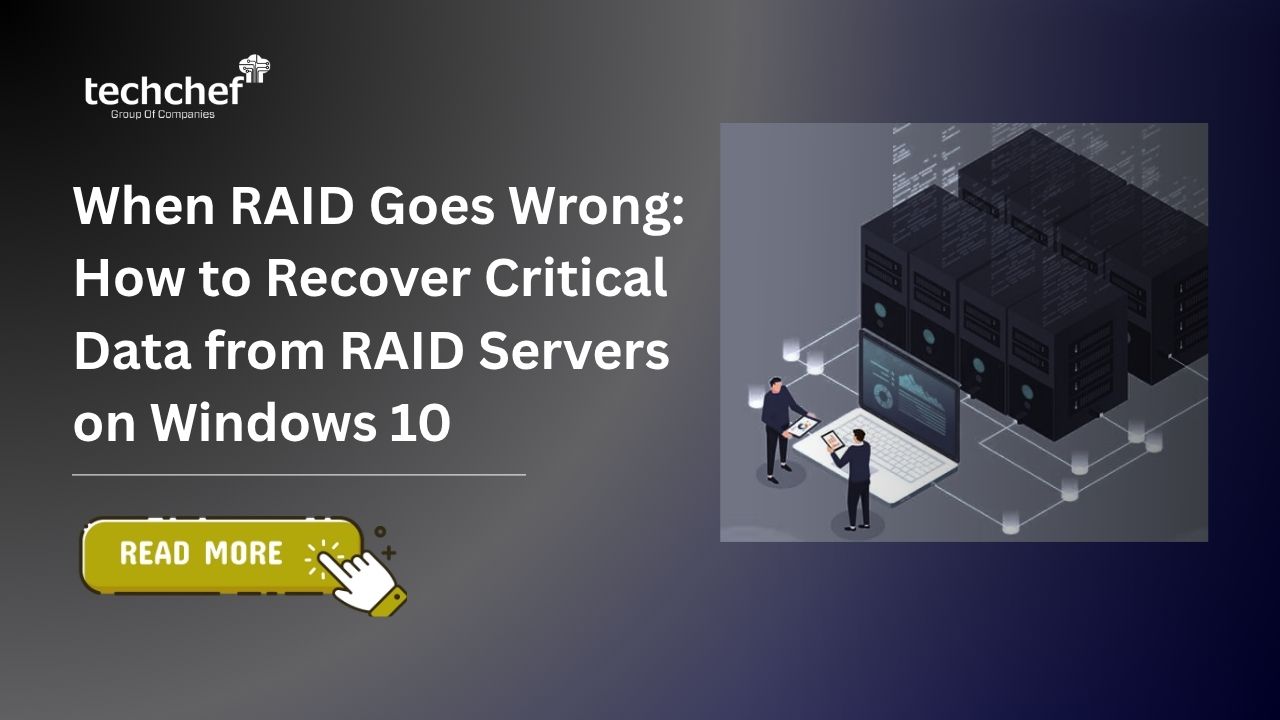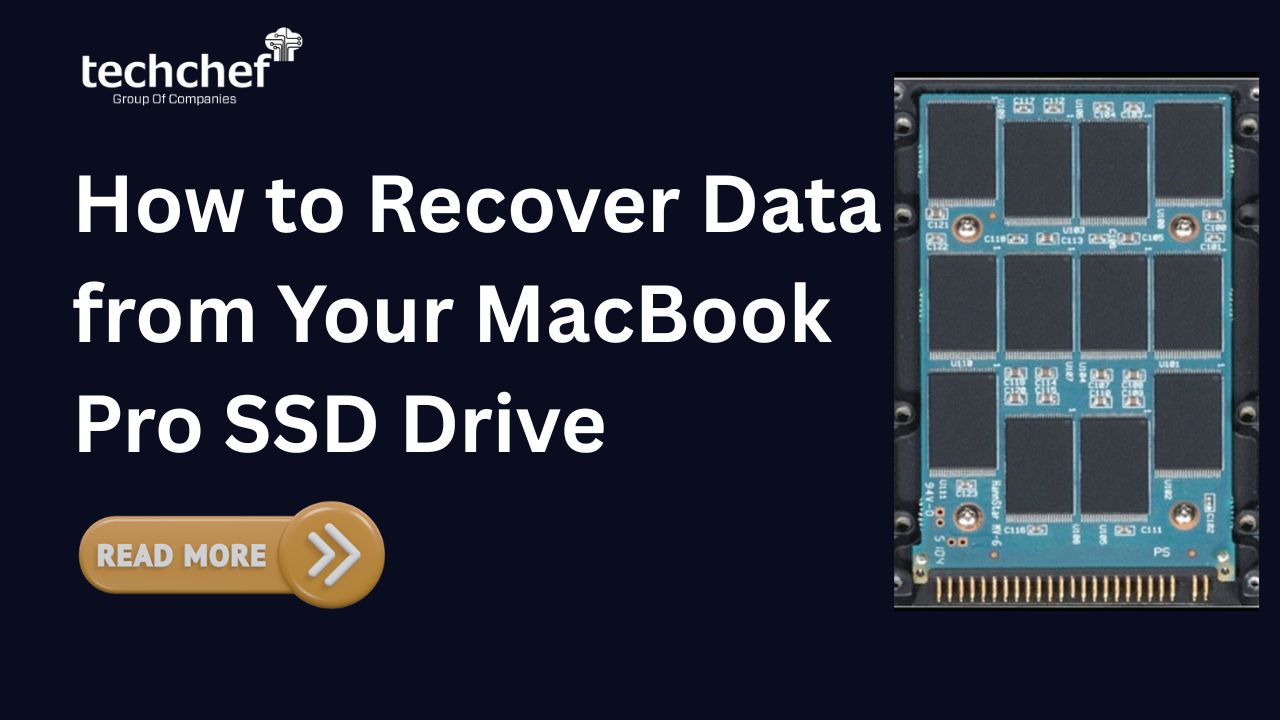A Storage Area Network (SAN) is a specialized high-speed network primarily dedicated to connecting and managing data storage devices, including disk arrays, tape libraries, and servers. Its core function is to centralize storage and data management, making it an essential component for organizations dealing with large volumes of data that require quick and efficient access.
Despite their complex design and infrastructure, data loss incidents can still happen within SANs. When a SAN fails, it can affect not only the organization but also its customers, who depend on the accessibility and integrity of their data. Therefore, understanding the common causes of data loss in SAN storage is necessary for organizations to implement preventive measures and protect the integrity of their important data.
What is SAN?
A Storage Area Network (SAN) is a high-speed network that connects and manages data storage devices like disk arrays, tape libraries, and servers. Its main purpose is to centralize storage and data management, making it important for organizations dealing with large data volumes. SANs enable seamless sharing and storage of data resources, offering scalability, flexibility, and data protection. They are common in enterprise environments for huge data storage and management.
How does it work?
SANs connect storage devices, like disks and tapes, via a high-speed network. Each device gets a unique identifier for proper management. Fiber Channel, or Ethernet, provides the connections. Servers access storage directly, offering block-level access. Data management is centralized through specialized software or hardware. When servers need data, they send requests over the SAN network, ensuring fast data transport.
SANs often use redundancy and data protection methods like RAID and mirroring. They’re highly scalable, allowing easy expansion as data needs grow. SANs offer high-speed data access, ideal for low-latency and high-throughput applications such as databases, virtualization, and high-performance computing.
What are the Common Causes of Data Loss In SAN?
Here are some common causes of data loss in SAN:-

1. Hardware Failures
One of the most common causes of data loss in SAN storage is hardware failure. Even the most advanced storage systems can experience issues with components like hard drives, power supplies, or controllers. When these components fail, they can lead to data corruption or loss. Redundancy features in SANs, such as RAID (Redundant Array of Independent Disks), can minimize the impact of hardware failures, but they are not foolproof.
To prevent data loss due to hardware failures, organizations should invest in high-quality hardware components and regularly monitor the health of their SAN infrastructure. Implementing maintenance and replacing failing components can significantly reduce the risk of data loss.
2. Hastily Work
Hastily working is another significant cause of data loss in SAN storage. These can range from accidental file deletions to misconfigurations that leave data inaccessible. In a SAN environment, a single misstep can have far-reaching consequences.
To minimize the risk of data loss due to hasty work, organizations should consult professionals like Techchef to recover SAN data.
3. Software and Firmware Issues
Software and firmware issues can also lead to data loss in SAN storage. These problems may include bugs, glitches, or compatibility issues within the SAN’s operating system or management software. In some cases, software updates or patches can inadvertently introduce new issues that affect data integrity.
To minimize the risk of data loss due to software and firmware difficulties, organizations should constantly check for software-related problems and fix any issues that develop as soon as possible.
4. Data Corruption
Data corruption is a hidden threat that reduces the integrity of data stored in a SAN over time. Corruption can develop as a result of a variety of events, such as electromagnetic interference, cosmic radiation, or the slow deterioration of storage media over time.
To combat data corruption, organizations should implement data integrity checks and validation mechanisms.
5. Malware Attacks
As cyberattacks continue to evolve, SANs are not immune to threats like ransomware, malware, or unauthorized access. A successful cyberattack or malware attack can lead to data loss, theft, or encryption, making data recovery a challenging process.
To protect SAN storage from cybersecurity threats, organizations should adopt a multi-layered security approach. This includes implementing firewalls, intrusion detection systems, regular security audits, and backup and disaster recovery strategies.
Tips to Minimize Data Loss
Minimizing data loss in a storage area network (SAN) is important for ensuring the integrity and availability of data. Here are some tips to help you achieve this:
Back up your SAN data to separate storage (tape, disk, or cloud) with automated, scheduled, and integrity-tested backups.
Use RAID and mirroring for disk and data redundancy. Use redundant components to reduce hardware failure risks.
Keep monitoring for device health and performance. Set up alerts to detect issues for timely intervention.
Keep SAN hardware and software updated for security concerns.
Enforce strict access controls and authentication to prevent unauthorized data access.
Secure data with encryption during storage and transit to protect against unauthorized access.
Why Techchef For SAN Data Recovery?
At Techchef, we understand that data loss is a distressing experience. We built our reputation on trust, expertise, and professionalism. Here’s why you can have confidence in our services:
Expertise: Our certified engineers have decades of experience in data recovery, including SAN storage systems.
Advanced Technology: We invest in the latest data recovery tools and techniques to ensure the highest success rates.
Privacy and Security: Your data’s confidentiality and security are our top priorities. We adhere to strict data handling protocols.
Transparent Pricing: We offer competitive, transparent pricing with no hidden fees. You’ll know the cost upfront.
Final Words
Data loss in SAN storage is a genuine concern, but it’s not a battle you have to face alone. Techchef Data Recovery Services is your trusted partner in recovering lost data and restoring your peace of mind. Contact us today for seamless and professional data recovery services at 1800-313-1737.










